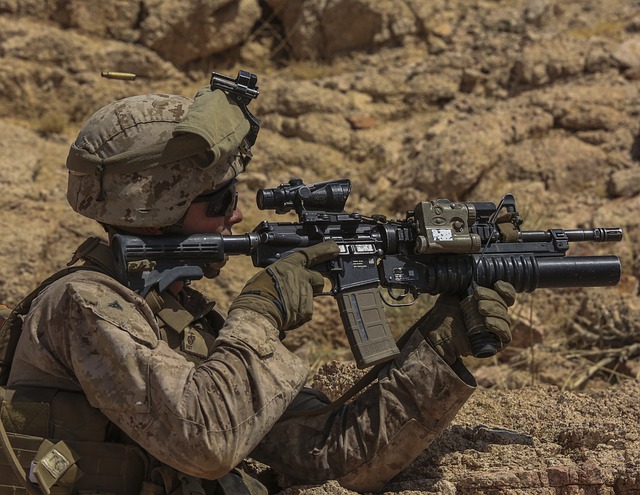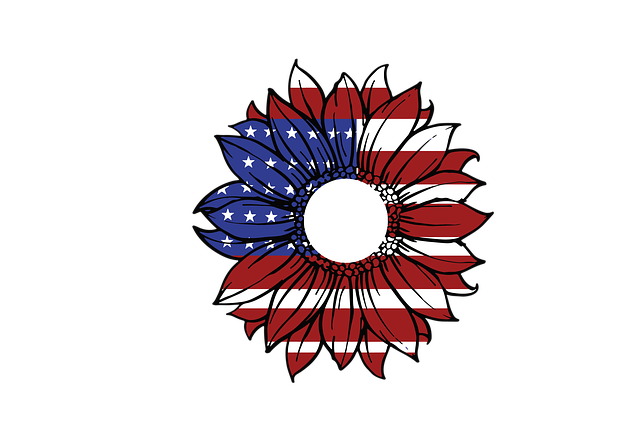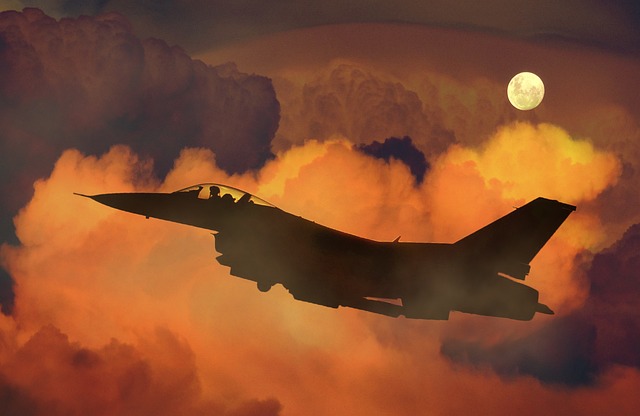The US Army Reserve Flag has evolved since its inception, reflecting changes in military service and values. From emphasizing discipline, honor, and courage to showcasing adaptability and varied skills, the flag now symbolizes a broad spectrum of missions, from peacekeeping to humanitarian efforts. It serves as a powerful symbol connecting past, present, and future generations of reservists, fostering unity, pride, and shared identity within the military community. Beyond ceremonial use, it plays integral roles in training, operations, and community building, facilitating communication, enhancing strategy, and contributing to mission success and troop safety.
The US Army Reserve Flag, a powerful symbol of military heritage, has evolved over time, reflecting changes in strategy and identity. This article explores the historical journey of this iconic flag, delving into its symbolism and design elements as depicted in army histories and publications. We analyze the role of visual communication in military strategy and how it has influenced modern usage, highlighting its significance in contemporary Army practices, particularly for the US Army Reserve.
- Evolution of US Army Reserve Flag: A Historical Overview
- Symbolism and Design Elements in Army Publications
- The Role of Visual Communication in Military Strategy
- Modern Usage and Significance in Contemporary Army Practices
Evolution of US Army Reserve Flag: A Historical Overview

The US Army Reserve Flag, a powerful symbol of military service and unity, has undergone a captivating evolution since its inception. Originally designed to represent the unique role and contribution of the Army Reserve units within the larger military structure, the flag has gone through several iterations, each reflecting changing times, values, and strategic goals. Historically, flags played a pivotal role in fostering a sense of identity and camaraderie among troops, serving as visual representations of their shared heritage and mission.
The evolution of the US Army Reserve Flag mirrors that of the military itself, adapting to new challenges and technological advancements. Early designs often featured simple geometric shapes and colors, symbolizing the core values of discipline, honor, and courage. Over time, as the Army Reserve’s role expanded, so did its flag, incorporating additional elements to represent peacekeeping efforts, humanitarian missions, and the diverse skills of its members. This dynamic nature ensures that the US Army Reserve Flag remains a vibrant symbol, connecting past, present, and future generations of reservists to their proud heritage.
Symbolism and Design Elements in Army Publications

Army publications, from official flags to illustrated manuals, often serve as more than just informational resources; they are visual narratives that employ symbolism and design elements to convey deep cultural and historical meaning. Take, for instance, the US Army Reserve Flag—a rich symbol that combines colors and emblems imbued with specific meanings. The vibrant red, white, and blue represent the heritage of the Army and the American nation, while the distinctive patterns and insignia highlight the unique role and contributions of the Army Reserve units.
These design choices are not merely aesthetic; they actively participate in storytelling, creating a visual language that resonates with soldiers, veterans, and the general public alike. Through intricate illustrations and thoughtful layouts, army publications create a sense of unity, pride, and shared purpose, reflecting the core values and traditions that bind the military community together.
The Role of Visual Communication in Military Strategy

Visual communication plays a pivotal role in military strategy, offering a powerful tool for conveying information, fostering unity, and gaining strategic advantages on the battlefield. The US Army Reserve Flag, with its distinct colors and symbolism, is an excellent example of how visual elements can unite troops, instill pride, and communicate essential messages quickly. This flag serves as a tangible representation of the Army Reserve’s mission, history, and core values, allowing soldiers to instantly recognize their shared identity and purpose.
In military operations, visual aids enable commanders to issue orders, coordinate attacks, and provide intelligence updates in real time. Maps, charts, and diagrams are often used to illustrate terrain, enemy positions, and tactical plans, aiding soldiers in understanding and executing complex maneuvers effectively. Additionally, the strategic placement of banners, posters, or even body language can signal alliances, demarcate safe zones, or convey warnings during missions, contributing to overall mission success and the safety of troops.
Modern Usage and Significance in Contemporary Army Practices

In contemporary army practices, the US Army Reserve Flag continues to hold significant symbolism and practical value. Its usage has evolved beyond ceremonial occasions, becoming an integral part of training and operational protocols. Today, the flag serves as a powerful visual tool during drills and simulations, aiding in unit identification and instilling a sense of pride and camaraderie among reservists. It is often displayed prominently at bases and facilities, fostering a strong sense of community and heritage among active-duty soldiers and reserves alike.
The modern application of the US Army Reserve Flag goes beyond its historical importance. It plays a crucial role in recruitment efforts, attracting prospective soldiers with its representation of tradition, honor, and commitment. Moreover, during deployments and joint operations, the flag can serve as a unifying symbol, reminding troops of their shared history and purpose. This contemporary significance underscores the enduring relevance of army histories and publications in shaping current military strategies and cultural identities.
The US Army Reserve Flag, as depicted in army histories and publications, has evolved to serve as a powerful symbol of unity, tradition, and adaptability. Its symbolism and design elements have not only guided military strategy but also enhanced visual communication within the ranks. Today, this flag continues to play a significant role in contemporary army practices, representing the enduring spirit and diversity of the US Army Reserve. By understanding its historical context and modern usage, we gain valuable insights into the importance of visual identity in fostering camaraderie and mission-readiness.
